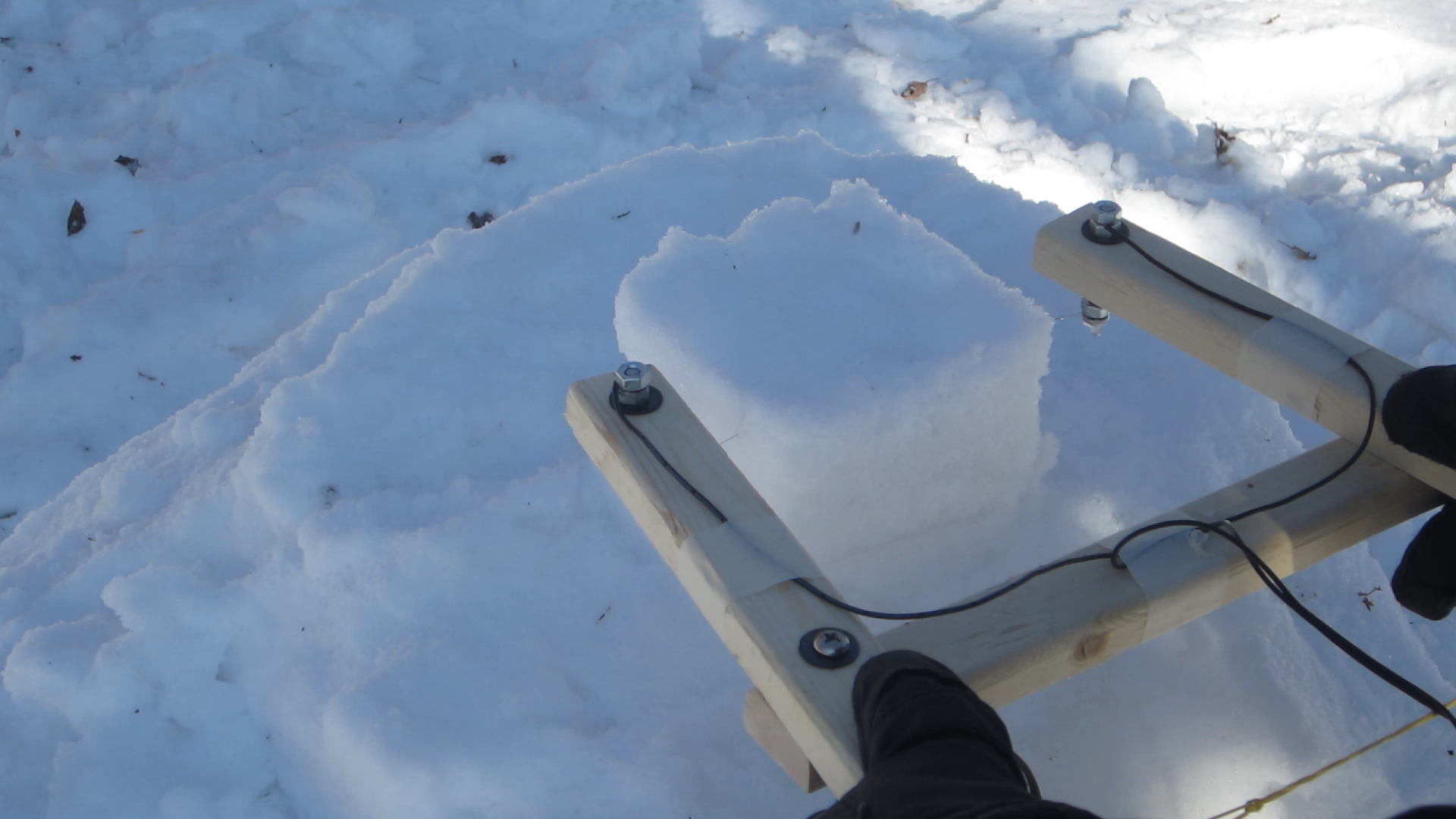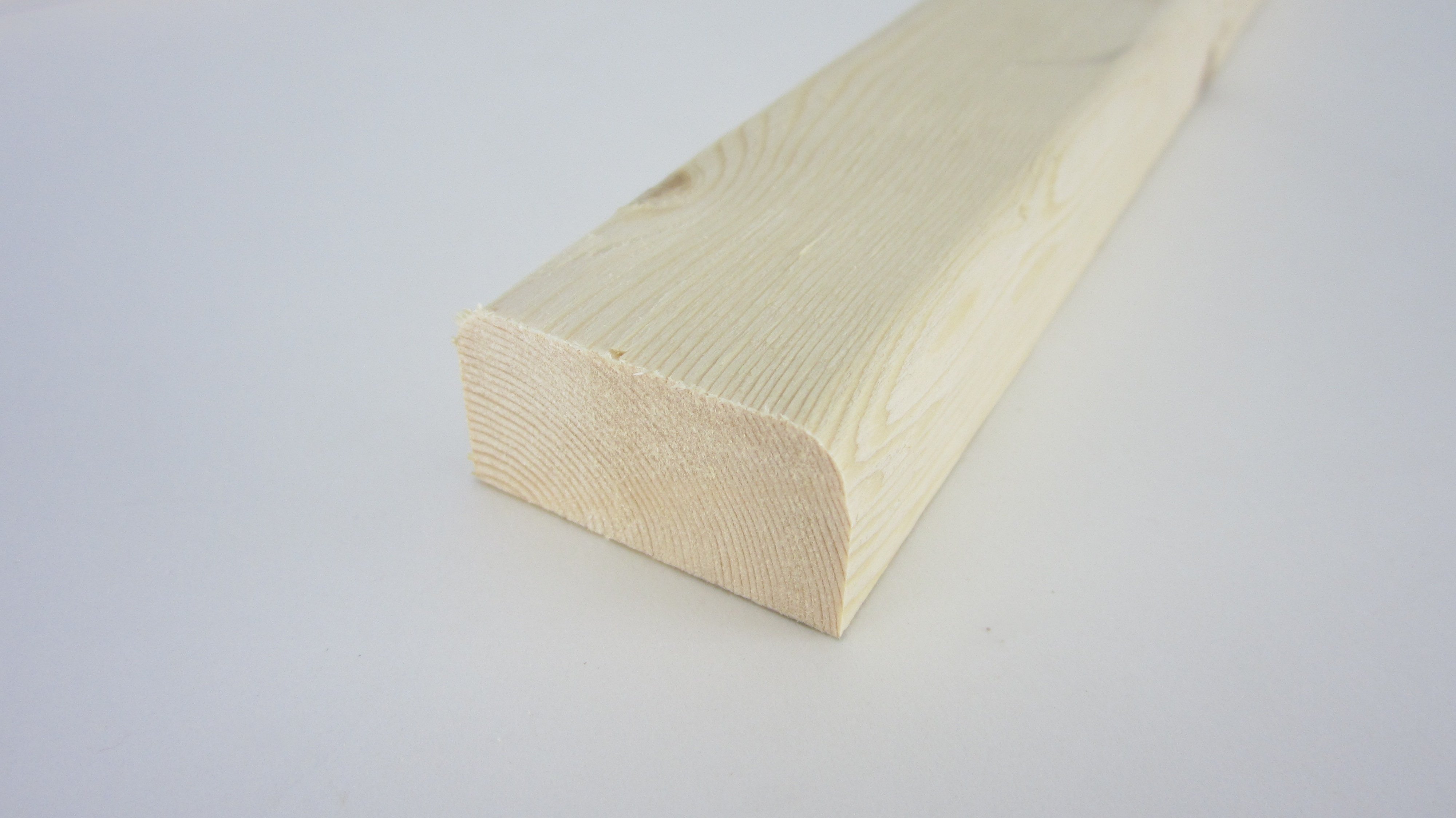Have you ever wanted to sculpt something out of ice? Here’s an easy way to do it that doesn’t require a chainsaw. In this project, I will show you how to make a hot wire cutter for ice.
The design for this project is very similar to other types of hot wire cutters. Electricity is sent through a piece of Nichrome wire, which heats the wire above the melting temperature of the material that you are working with. The wire can then be used to “cut” the material by melting it along a narrow line.
Because ice sculptures are often larger and more difficult to handle, I designed my cutter to be handheld rather than stationary or table mounted. I based my design largely on the “Hot Wire Foam Cutter” by Instructables user FlyWoodKB. I made a few modifications to make it safer and easier to use with ice.





























